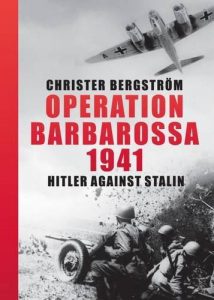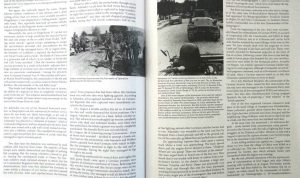Natholeon’s Empires offers a set of free wargames rules for the Franco Prussian War.
Great Northern War Rules
Natholeons Empires blog offers a set of free wargames rules for the Great Northern War. Fought from 1700 – 1721, The Great Northern War was a conflict between Sweden and Russia for supremacy in central, northern and eastern Europe.
Fires of Space Rules
Fires of Space is a space combat game with a WWII naval flavor. From the author’s introduction:
Here is my take on battles between big ships in space. This rules set has a deliberately 20th century naval warfare flavor, but with adaptations for space and far future technology. Included are the rules, tables, designer’s notes, a series of ships from various space navies, scenarios, a probability table for 20 sided dice, counters, and a 50 by 50 hex map. With the map are marked map sections showing showing the map’s center hex and deployment areas for tactical scenarios. Ideally, the game is played with two 50 by 50 hex maps: one for operational movement and the other for tactical engagements. In a pinch, a single map can double as both the operational and tactical map. Finally, I include a copy of the Excel workbook that I used to create the ships in the game.
Science Fiction Pulp Magazines and Comics
Comic Books Plus has a collection of free pulp era Science Fiction magazines and comics.
Book Review: Operation Barbarossa 1941

Operation Barbarossa: Hitler Against Stalin on Amazon
Casemate Publishers
Casemate Publishers recently sent a copy of a new book titled Operation Barbarossa 1941: Hitler Against Stalin. In more than 300 pages, author Christer Bergstrom offers a fairly detailed overview of the Nazi invasion of Soviet Russia from June to December 1941. Bergstrom offers a nice narrative of the operation, along with a wealth of data, quotations from participants and official documentation. The book is also well illustrated.
I call Operation Barbarossa 1941 an overview only because I recognize that the Nazi invasion has over the years attracted an astonishing amount of research and publication. Amazon alone offers nearly two hundred titles on Operation Barbarossa, many of which are dedicated to individual facets of the story, such as the Siege of Brest, or “Operational Logic And Identifying Soviet Operational Centers Of Gravity During Operation Barbarossa, 1941.”

From the publishers’ description:
Operation Barbarossa was the largest military campaign in history. Springing from Hitler’s fanatical desire to conquer the Soviet territories, defeat Bolshevism and create ‘Lebensraum’ for the German people, it pitted two diametrically opposed armed forces against one another.
The invasion began with 4.5 million troops attacking 2.3 million defenders. On one side was the Wehrmacht, without any doubt the world’s most advanced military force. On the other were the Soviet armed forces, downtrodden, humiliated, decapitated and terrorized by an autocratic and crude dictator with no military education whatsoever.Based on decades of research work in both German and Russian archives, as well as interviews with a large number of key figures and veterans, Operation Barbarossa brings our knowledge on the war on the Eastern Front several big steps forward. It reveals and dispels many myths and misconceptions including: the myth of mass surrenders by Soviet soldiers; the myth about the vast differences in troop casualties between the two sides; the myth of the Soviet partisans and the myth that it was the Arctic cold that halted the German offensive. It also does not shy away from difficult truths such as the true nature of Finland’s participation in Operation Barbarossa, and the massive scale of rapes committed by German troops.
Illustrated with over 250 photos, many never previously published, and several clear and detailed maps, this is an objective, balanced account, published in time for the 75th anniversary of the start of Operation Barbarossa on 22nd June 2016. Christer Bergström has once again produced what will be the definitive account of this monumental campaign.


